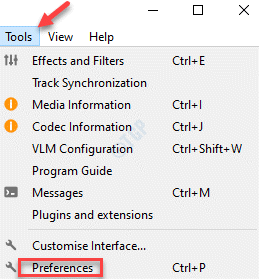
The reasons why people need to normalize audio files may be summarized as follows: to gain maximum volume and to match the desired volume.

Usually, loudness normalization is born to overcome varying loudness when playing multiple songs in a sequence. For example, the reference level of YouTube is 14 LUFS but will be lowered to a certain level to fit a specific program. Loudness Normalization refers to bringing the average amplitude to a target chosen level, like the RMS value, in which ‘average power’ can be human-perceived loudness.
#BATCH NORMALISE AUDIO FILES SOFTWARE#
Thus, audio leveler software comes in handy. In specific, Peak Normalization means bringing the highest PCM (digitally represents sampled analog signals) sample value or analog signal peak to a given level, say 0 dBFS, the loudest level allowed in a digital system, which is widely used to normalize audio levels via optimal use of the available dynamic range. What does normalizing audio do? From the technical perspective, to normalize audio files is to adjust the overall volume by a fixed amount to reach a target level, which can be achieved with two principal modes: peak normalization and loudness normalization. PART 1. Prelude to Audio Normalization What is Audio Normalization

Step 3: select once type to normalize volume.



 0 kommentar(er)
0 kommentar(er)
